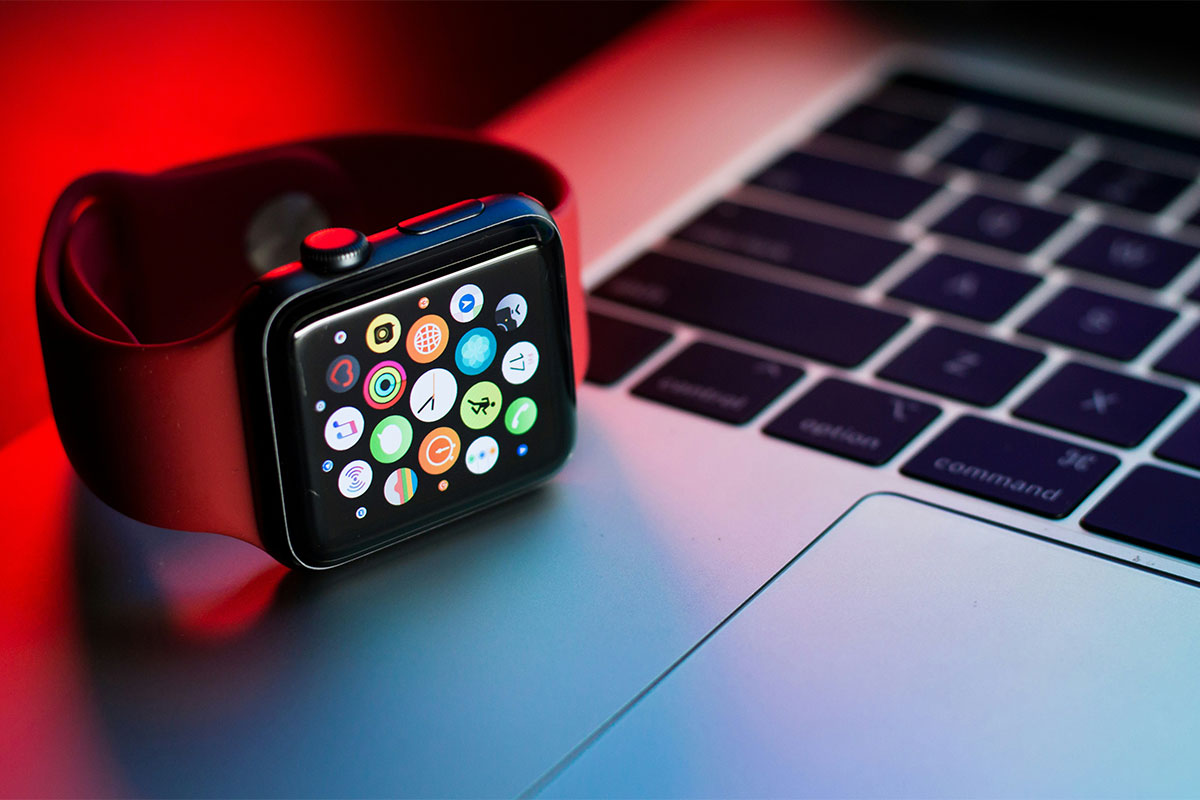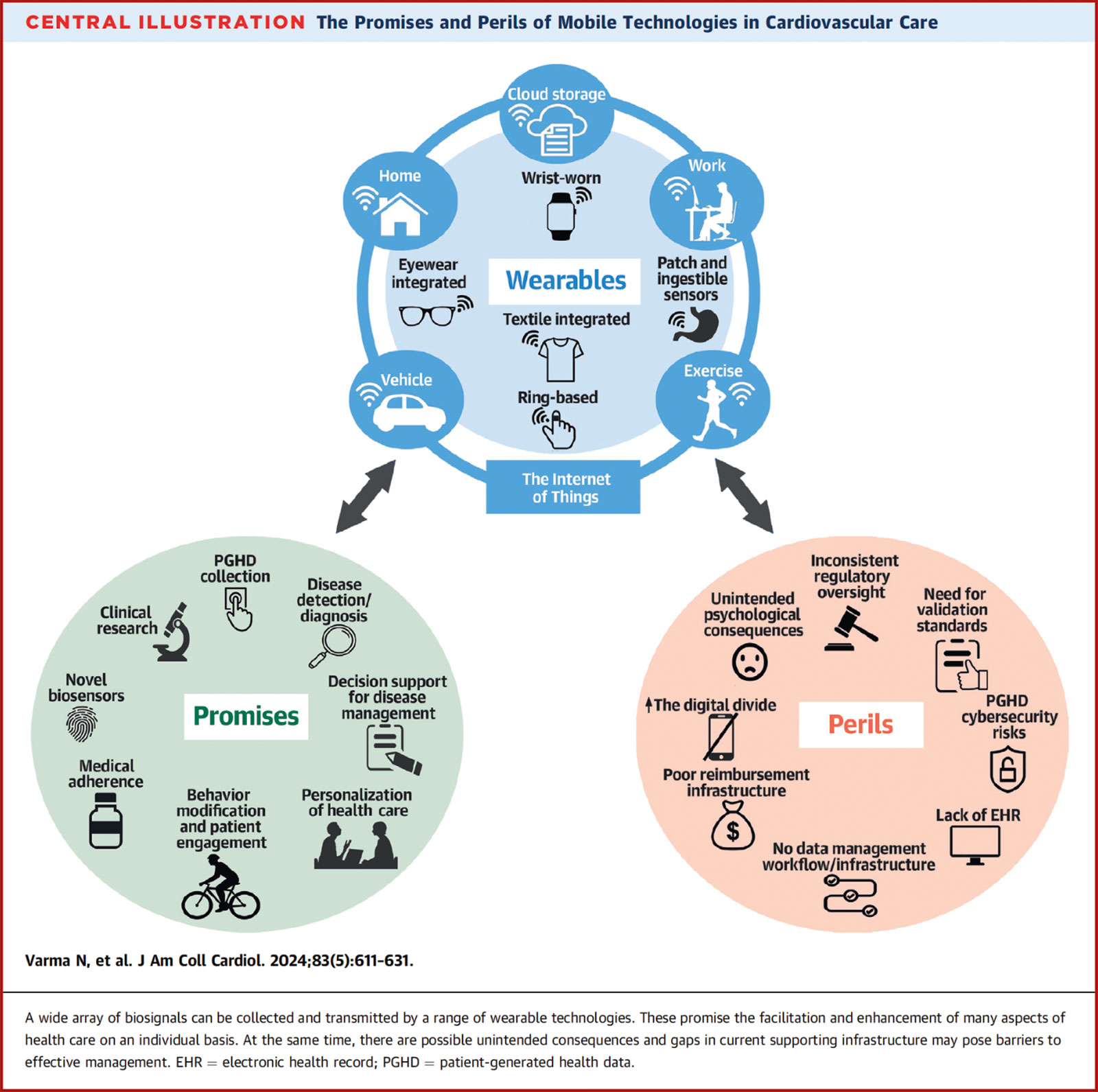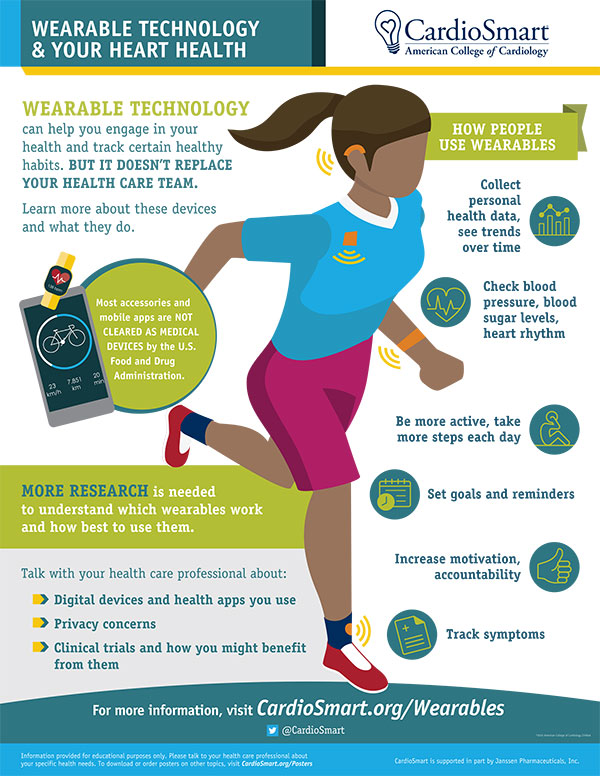Prioritizing Health | D2C Wearables: Time For A Talk With Patients

The constant flow of new science in cardiovascular medicine is welcomed for its potential to improve patient care and heart health. At the same time, it's challenging for clinicians to stay up to date, as well as share relevant information with patients – who are increasingly aware of the science – in a way they can understand and then participate in shared decision-making.
The fast-growing arena of direct-to-consumer (D2C) wearables is an excellent example. As wearables become more abundant and affordable, more patients are adopting them to track everything from blood pressure to activity. Meanwhile clinicians are busy trying to determine if and how best to incorporate the patient-generated health care data into practice.
In a recent JACC Scientific Statement examining the promise and perils of D2C wearables, Niraj Varma, MB, ChB, FACC, et al., note the potential benefits of these technologies to widen treatment options and set a foundation for personalized medicine.

However, they also highlight the many challenges associated with the unregulated use of the devices, including "questionable data reliability, potential misinterpretation of information, unintended psychological impacts, and an influx of clinically nonactionable data that may overburden the health care system."
Using atrial fibrillation as an example where D2C wearables could "revolutionize" screening, diagnosis and treatment, Varma and colleagues say "a collaborative effort among a broader set of stakeholders to evaluate and position them in cardiovascular care" is required to move further forward.
What does this mean for patients? D2C wearables can empower them with more control over their health – in partnership with their clinicians – with more continuous, vs. episodic, care, and it can be a part of more personalized care. There's evidence too that these technologies can be effective for prevention and management of comorbidities like hypertension, diabetes and sleep disorders.
Ripe for conversations with patients is how best and when to use wearables to support their care and help with better managing and adhering to treatment. It's also important for clinicians to underscore the lack of approval by the U.S. Food and Drug Administration for most D2C wearables and not to rely on these technologies to provide the value and expertise of trained medical professionals.
Click here to access the full article.
Wellness: It's For Clinicians Too!
ACC.24 will be jam-packed with late-breaking science, education sessions, networking and more. Balance it out with a break in the Relax & Recharge Lounge (Expo Booth #1601) to unwind with some puppy love while recharging yourself and your mobile device. And have some fun by joining the Where's Artie Scavenger Hunt – get started in the ACC.24 app.
Want more fun (and healthy) competition? Pack your walking shoes and favorite D2C wearable and join the CardioSmart Wellness Challenge! Track your steps using your personal Fitbit, Apple Watch, Garmin or another step tracker on your mobile device and work your way up the leaderboard for a chance to win prizes!
The Challenge starts on Saturday, April 6 at noon and ends on Monday, April 8 at noon.
Click here to sign up and stop by the check-in desk on Level 4 Concourse, Building B, to check out the leaderboard. And take home some actionable knowledge for your own health. Be sure to walk by Booth #21 for a free Lp(a) and Non-Fasting Lipid Screening.
Patient Resources
Click here to download this infographic. Visit CardioSmart.org for more tools and resources for specific conditions such as atrial fibrillation to further the conversation about how wearables fit into treatment.
Keywords: Cardiology Magazine, ACC Publications, Wearable Electronic Devices, Blood Pressure, Blood Pressure Monitoring, Ambulatory, Precision Medicine, Patient Care
< Back to Listings

